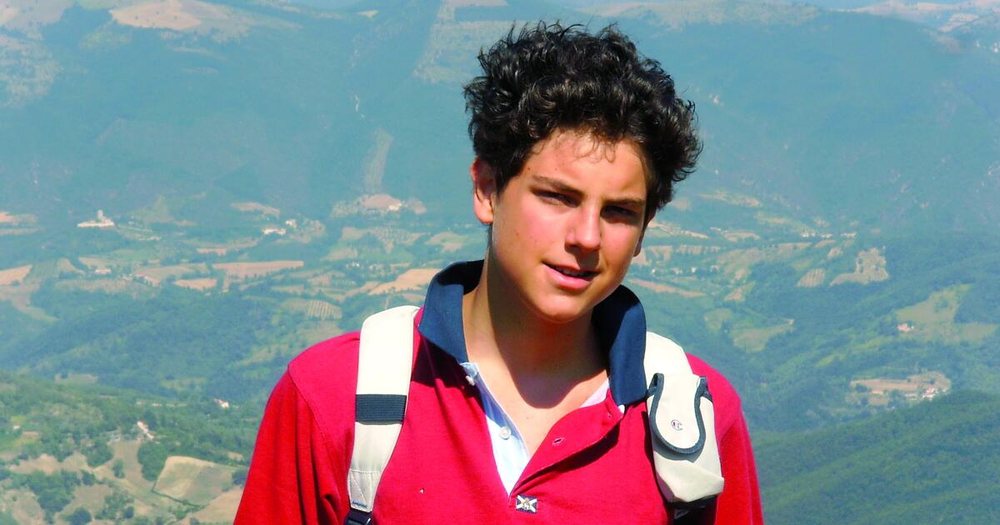
In October 2020, while the COVID crisis was still raging in Europe, 4,000 people packed into spaces near one of Italy's most historic basilicas to attend a ceremony that seemed to come straight from the Middle Ages.
A potential audience of millions of people watched from home, unable to go outside, using online streaming apps.
The fact that they were using cutting-edge technology to watch bishops and clergy perform an ancient ritual inside an ancient church was quite significant – they were following the stage before the canonization of what many called the patron saint of the internet.
Carlo Acutis died in 2006 from leukemia, at the age of 15, but in his short life he left such a strong mark that the Vatican considered him to have inspired miracles.
It is very likely that Carlo would have been calm and content, having dedicated his life to making what he believed to be divine intervention known to as many people as possible.
Now, four years later, he is being canonized on Sunday, becoming the first millennial saint.
But, despite joining the ranks of the holiest people in history, his story was surprisingly simple and everyday, like that of a modern teenager.
Most of all, it is his prowess in the internet and web design that has captured the imagination of Catholic believers.
His use of the internet to spread the word in an increasingly digital world has been embraced by the faithful, who have rejoiced at the recognition the church has given to his abilities, perhaps because they know that some parts of the church still bear traces of medieval times.






















